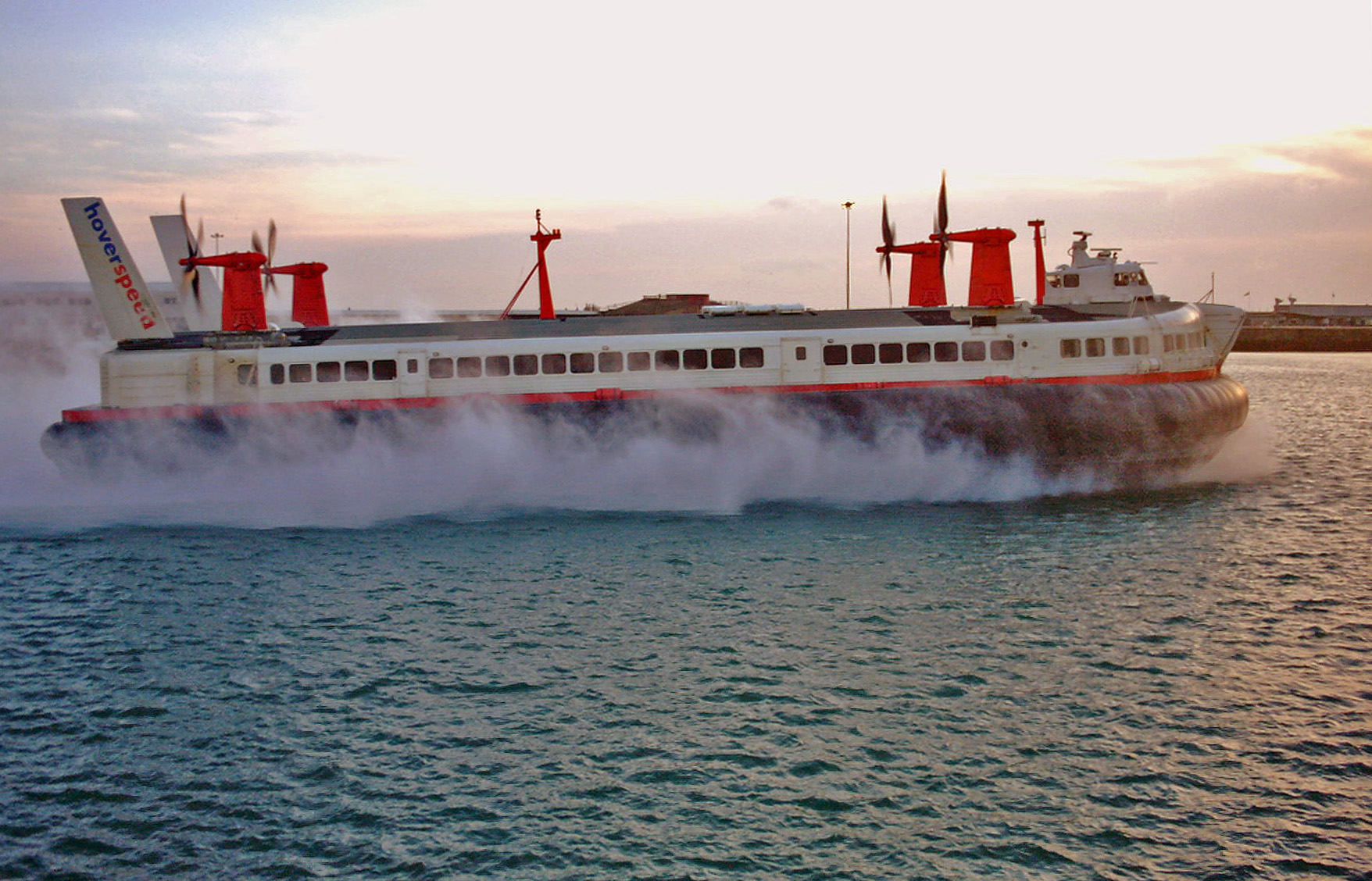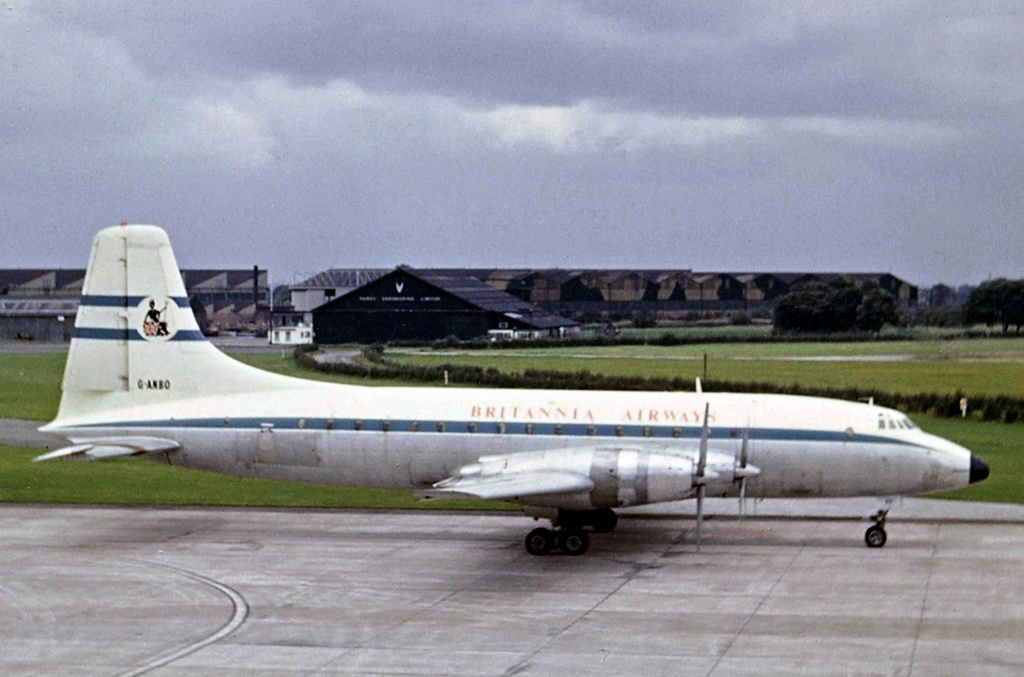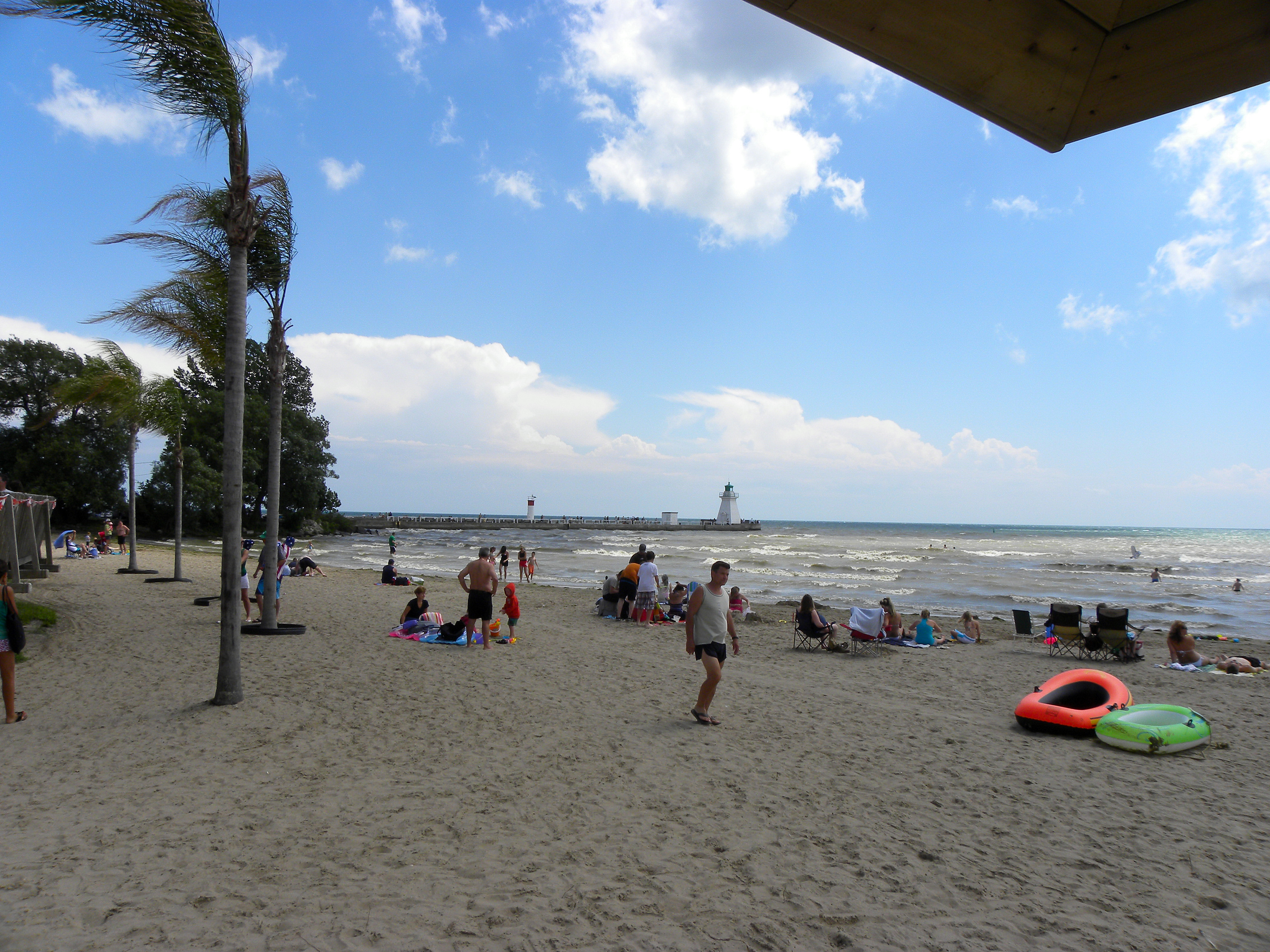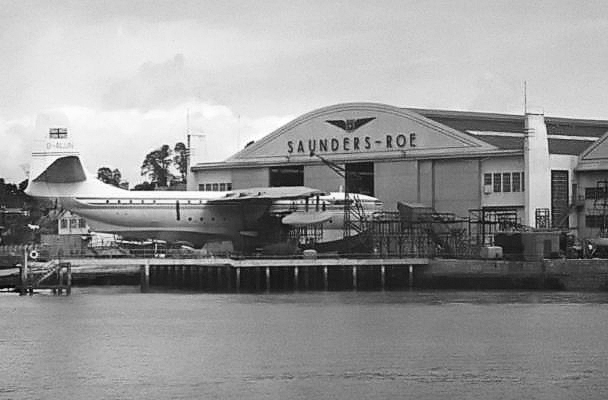|
SR.N4
The SR.N4 (Saunders-Roe Nautical 4) hovercraft (also known as the ''Mountbatten'' class hovercraft) was a combined passenger and vehicle-carrying class of hovercraft. The type has the distinction of being the largest civil hovercraft to have ever been put into service. Work on the SR.N4 was initiated in 1965 by Saunders-Roe. By the time that the vehicle's first trials took place in early 1968, Saunders-Roe had merged with Vickers Supermarine to form the British Hovercraft Corporation, who continued development. Power was provided by four Rolls-Royce Proteus marine turboshaft engines each driving its own lift fan and pylon-mounted steerable propulsion propeller. The SR.N4 was the largest hovercraft then built, designed to carry 254 passengers in two cabins besides a four-lane automobile bay which held up to 30 cars. Cars were driven from a bow ramp just forward of the wheelhouse. The first design was long, weighed , was capable of and could cruise at over . The SR.N4s opera ... [...More Info...] [...Related Items...] OR: [Wikipedia] [Google] [Baidu] |
Seaspeed
Seaspeed was a British hovercraft operator which ran services in the Solent and English Channel between 1965 and 1981, when it merged with a rival to form Hoverspeed. Seaspeed was a jointly owned subsidiary of railway companies British Rail (under British Rail Hovercraft Limited) and France's SNCF, and was established in 1965. Seaspeed operated several services; its first route, running between Cowes and Southampton, was launched on 6 July 1966. Initially operating a fleet of SR.N6s for these short-distance services, it opted to procure larger SR.N4s for its cross- Channel ferry service; the first of these hoverferries was introduced in 1968. On this route, Seaspeed competed against traditional ferries and rival SR.N4 operator Hoverlloyd. In 1976, after concluding that it could not attain suitable profitability from its smaller SR.N6 services, Seaspeed sold these to rival hovercraft company Hovertravel. Focusing upon its cross-Channel service, it opted to repeatedly upgrade ... [...More Info...] [...Related Items...] OR: [Wikipedia] [Google] [Baidu] |
Hoverlloyd
Hoverlloyd operated a cross-Channel hovercraft service between Ramsgate, England and Calais, France. Originally registered as ''Cross-Channel Hover Services Ltd'' in 1965, the company was renamed Hoverlloyd the following year. It was initially owned by a partnership between the Swedish Lloyd and the Swedish American Line shipping companies. On 6 April 1966, Hoverlloyd commenced operations from Ramsgate Harbour to Calais Harbour, operated the SR.N6 hovercraft while awaiting the completion of the considerably larger SR.N4 ferries. In addition to competing with traditional ferries, it had a fierce rivalry with hovercraft operator Seaspeed, which also operated SR.N4s on the cross-English Channel, Channel route. In 1969, in conjunction with the arrival of the first SR.N4s, Hoverlloyd re-positioned its services to run between purpose-built hoverports. The 1970s were years of optimism and growth for Hoverlloyd. Following initial difficulties, the company's fleet achieved a very high re ... [...More Info...] [...Related Items...] OR: [Wikipedia] [Google] [Baidu] |
Hovercraft
A hovercraft, also known as an air-cushion vehicle or ACV, is an amphibious craft capable of travelling over land, water, mud, ice, and other surfaces. Hovercraft use blowers to produce a large volume of air below the hull, or air cushion, that is slightly above atmospheric pressure. The pressure difference between the higher pressure air below the hull and lower pressure ambient air above it produces lift, which causes the hull to float above the running surface. For stability reasons, the air is typically blown through slots or holes around the outside of a disk- or oval-shaped platform, giving most hovercraft a characteristic rounded-rectangle shape. The first practical design for hovercraft was derived from a British invention in the 1950s. They are now used throughout the world as specialised transports in disaster relief, coastguard, military and survey applications, as well as for sport or passenger service. Very large versions have been used to transport hundreds ... [...More Info...] [...Related Items...] OR: [Wikipedia] [Google] [Baidu] |
Hovercraft
A hovercraft, also known as an air-cushion vehicle or ACV, is an amphibious craft capable of travelling over land, water, mud, ice, and other surfaces. Hovercraft use blowers to produce a large volume of air below the hull, or air cushion, that is slightly above atmospheric pressure. The pressure difference between the higher pressure air below the hull and lower pressure ambient air above it produces lift, which causes the hull to float above the running surface. For stability reasons, the air is typically blown through slots or holes around the outside of a disk- or oval-shaped platform, giving most hovercraft a characteristic rounded-rectangle shape. The first practical design for hovercraft was derived from a British invention in the 1950s. They are now used throughout the world as specialised transports in disaster relief, coastguard, military and survey applications, as well as for sport or passenger service. Very large versions have been used to transport hundreds ... [...More Info...] [...Related Items...] OR: [Wikipedia] [Google] [Baidu] |
British Hovercraft Corporation
British Hovercraft Corporation (BHC) was a British hovercraft manufacturer that designed and produced multiple types of vehicles for both commercial and civil purposes. Created with the intention of producing viable commercial hovercraft in March 1966, BHC was the result of an corporate merger between the Saunders-Roe division of Westland Aircraft and Vickers Supermarine's hovercraft interests. None of the Vickers hovercraft designs reached quantity production, manufacturing efforts being centered upon Saunders-Roe's existing portfolio. Perhaps the most high-profile vehicle produced by BHC was the large SR.N4 ''Mountbatten'' class hovercraft; it was the largest civil-orientated hovercraft to ever be put into service; several were completed and used in revenue services across the English Channel for multiple decades. Later on, the BHC developed their own newer hovercraft designs, such as the military-oriented BH.7 ''Wellington'' class and the medium-size diesel-powered British Hov ... [...More Info...] [...Related Items...] OR: [Wikipedia] [Google] [Baidu] |
Hoverspeed
Hoverspeed was a ferry company that operated on the English Channel from 1981 until 2005. It was formed in 1981 by the merger of Seaspeed and Hoverlloyd. Its last owners were Sea Containers; the company ran a small fleet of two high-speed SeaCat catamaran ferries in its final year. Hoverspeed played a part in developing the hovercraft, and ran six SR.N4 Mountbatten class hovercraft and one SEDAM N500 Naviplane. Hoverspeed last operated hovercraft on its Dover to Calais service. They were withdrawn on 1 October 2000 and Hoverspeed continued to use Seacat catamarans built by Incat. Background and formation Early attempts to consolidate operations During the early 1970s, when both Hoverlloyd and Seaspeed were struggling to return a profit, the two operators had been in negotiations on a partnership to amalgamate operations. However, management at Hoverlloyd was not convinced the UK government would sanction any form of arrangement between Seaspeed and a foreign company. ... [...More Info...] [...Related Items...] OR: [Wikipedia] [Google] [Baidu] |
Bristol Proteus
The Bristol Proteus was the Bristol Engine Company's first mass-produced gas turbine engine design, a turboprop that delivered just over 4,000 hp (3,000 kW). The Proteus was a reverse-flow gas turbine. Because the second turbine drove no compressor stages, but only the propeller, this engine was classified as a free-turbine. It powered the Bristol Britannia airliner, small naval patrol craft, hovercraft and electrical generating sets. It was also used to power a land-speed record car, the Bluebird-Proteus CN7. After the merger of Bristol with Armstrong Siddeley the engine became the Bristol Siddeley Proteus, and later the Rolls-Royce Proteus. The Proteus was to have been superseded by the Bristol Orion which would have given a Britannia a 75% increase in power for cruising faster. Design and development The Proteus was to power a very large airliner for use after the war. Design work started in September 1944 with its free turbine and propeller gearbox based on t ... [...More Info...] [...Related Items...] OR: [Wikipedia] [Google] [Baidu] |
Hovercraft Museum
The Hovercraft Museum, in Lee-on-the-Solent, Hampshire, England is a museum run by a registered charity dedicated to hovercraft. The museum has a collection of over 60 hovercraft of various designs. Situated at HMS ''Daedalus'' by the large slipway from where many hovercraft have been tested, the museum collection includes SR.N5 and SR.N6 hovercraft. The collection also contains the last remaining SR.N4 craft, the world's largest civil hovercraft, which has been laid up in Lee-on-the-Solent since cross-Channel services ceased on 1 October 2000. The museum houses the world's largest library of documents, publications, film, video, photographs and drawings on hovercraft, all of which is available for research by prior arrangement. A number of hovercraft manufacturers have deposited their complete archives with the museum for safekeeping, thus swelling this important repository of information. The museum also contains a large collection of original manufacturers' hovercraft ... [...More Info...] [...Related Items...] OR: [Wikipedia] [Google] [Baidu] |
Saunders-Roe
Saunders-Roe Limited, also known as Saro, was a British aero- and marine-engineering company based at Columbine Works, East Cowes, Isle of Wight. History The name was adopted in 1929 after Alliott Verdon Roe (see Avro) and John Lord took a controlling interest in the aircraft and boat-builders S. E. Saunders. Prior to this (excepting for the Sopwith/Saunders Bat Boat) the products were Saunders, the A4 Medina for example dating from 1926. Sam Saunders the founder developed the Consuta material used in marine and aviation craft. The Saunders-Roe interest in aviation didn’t prevent the firm from continuing with the boatbuilding activities associated with S. E. Saunders Ltd Saunders Roe concentrated on producing flying-boats, but none were produced in very large quantities – the longest run being 31 Londons. They also produced hulls for the Blackburn Bluebird. During the Second World War Saro manufactured Supermarine Walrus and Supermarine Sea Otters. Their works ... [...More Info...] [...Related Items...] OR: [Wikipedia] [Google] [Baidu] |
Port Dover
Port Dover is an unincorporated community and former town located in Norfolk County, Ontario, Canada, on the north shore of Lake Erie. It is the site of the recurring Friday the 13th motorcycle rally. Prior to the War of 1812, this community was known as Dover Mills. Summary The Mayor of Norfolk County is Port Dover resident Amy Martin. This community is the southern terminus for Ontario Highway 6; located to the south of the Northern Ontario community of McKerrow. This highway stretches northward as a two-lane, undivided highway until the traffic flow increases to four lanes shortly after it departs from Caledonia. In addition to allowing Port Dover residents direct access to the city of Hamilton, it also briefly merges with Highway 403 to allow for access to the Royal Botanical Gardens and locations on to Toronto. The postal forward sortation area is ''N0A''; sharing its Canada Post service with the western portion of Haldimand County. All residences and businesses w ... [...More Info...] [...Related Items...] OR: [Wikipedia] [Google] [Baidu] |
Maiden Flight
The maiden flight, also known as first flight, of an aircraft is the first occasion on which it leaves the ground under its own power. The same term is also used for the first launch of rockets. The maiden flight of a new aircraft type is always a historic occasion for the type and can be quite emotional for those involved. In the early days of aviation it could be dangerous, because the exact handling characteristics of the aircraft were generally unknown. The maiden flight of a new type is almost invariably flown by a highly experienced test pilot. Maiden flights are usually accompanied by a chase plane, to verify items like altitude, airspeed, and general airworthiness. A maiden flight is only one stage in the development of an aircraft type. Unless the type is a pure research aircraft (such as the X-15), the aircraft must be tested extensively to ensure that it delivers the desired performance with an acceptable margin of safety. In the case of civilian aircraft, a ... [...More Info...] [...Related Items...] OR: [Wikipedia] [Google] [Baidu] |
Saunders-Roe Princess
The Saunders-Roe SR.45 Princess was a British flying boat aircraft developed and built by Saunders-Roe at their Cowes facility on the Isle of Wight. It has the distinction of being the largest all-metal flying boat to have ever been constructed. The Princess had been developed to serve as a larger and more luxurious successor to the pre-war commercial flying boats, such as the Short Empire. It was intended to serve the transatlantic route, carrying up to 100 passengers between Southampton, United Kingdom and New York City, United States in spacious and comfortable conditions. To achieve this, it was decided early on to make use of newly developed turboprop technology, opting for the Bristol Proteus engine still in development to power the aircraft. The project suffered delays due to difficulties encountered in the development of the Proteus engine. On 22 August 1952, the first prototype Princess, ''G-ALUN'', conducted its maiden flight. Between 1952 and 1954, the first prototype p ... [...More Info...] [...Related Items...] OR: [Wikipedia] [Google] [Baidu] |









.jpg)
